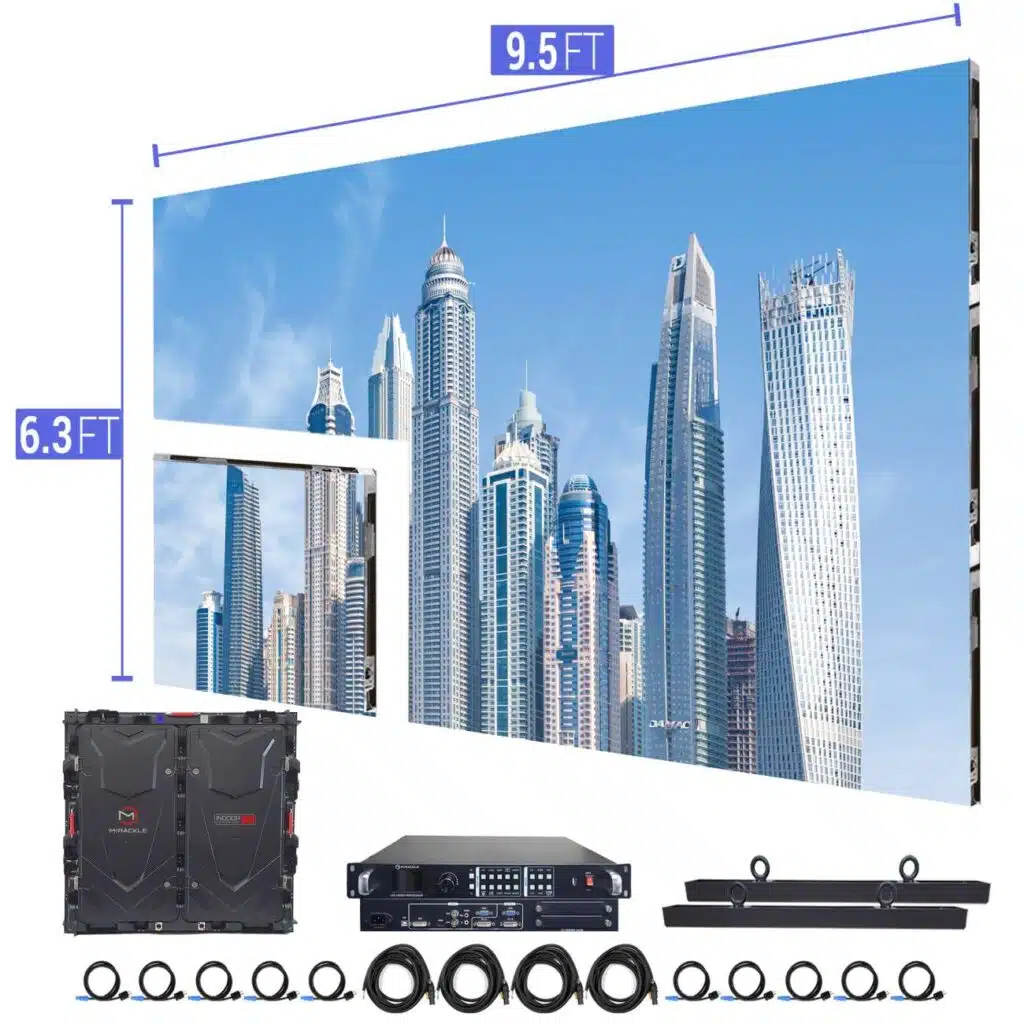Exploring the Diverse Integration Solutions Available for Light Emitting Diode Wall Panels
Exploring the Diverse Integration Solutions Available for Light Emitting Diode Wall Panels
Blog Article
Light Emitting Diode display units have gained popularity for their capacity to deliver crisp visuals in various settings, from corporate environments to entertainment venues. One of the primary aspects of these panels is their interface capabilities, which allow users to connect them to different devices and systems. Understanding the broad input options supported for Light Emitting Diode wall panels is essential for enhancing their use and effectiveness. This article explores these features, showcasing how they can adapt to specific needs and preferences.
One frequent interface approach for LED wall panels is High-Definition Multimedia Interface. HDMI is widely known for transmitting crisp video and audio signals between devices. This connection type is especially beneficial in commercial environments, such as conference rooms or classrooms, where visual content or video content are often shared. By using digital connectors, operators can easily connect laptops, projectors, and streaming devices to LED wall panels, guaranteeing a sharp and vibrant presentation of media.
Another commonly used interface option is Display Port, which is comparable to HDMI but offers additional benefits. Display Port can support higher refresh rates and display outputs, making it an ideal choice for gaming or design-heavy applications. For those deploying LED wall panels in environments where output quality is critical, such as esports arenas or creative workspaces, Display Port can provide the necessary visual quality. Moreover, many modern computers and graphics cards include Display Port connections, making it a convenient option for tech-savvy professionals.
In addition to HDMI and Display Port, wireless transmission methods are becoming increasingly prevalent in Light Emitting Diode wall panel see here now solutions. Wireless connections allow operators to share content without the requirement for physical cables, promoting a streamlined and more adaptable configuration. Technologies such as Wi-Fi and short-range communication allow users to link smartphones, tablets, and laptops directly to LED wall panels without tangled wires. This convenience is especially beneficial in dynamic settings like exhibitions or live functions, where quick changes to displays are often needed.
For extensive deployments or more complex setups, network connectivity through Ethernet is another reliable solution. Wired links provide a stable and robust way to integrate multiple LED wall panels within a network. This setup is ideal for digital signage use cases found in shopping malls or transport hubs, where multiple panels may need to display synchronized content across a broad area. By using network cabling and routing hardware, operators can guarantee that all linked panels receive consistent updates and information efficiently.
Finally, it's important to consider the future of connectivity with technologies such as Universal Serial Bus-C and Thunderbolt Three. These next-generation connection types Related Site offer increased data transfer rates and flexibility by allowing one connector to handle both power delivery and data transmission. As more devices adopt these standards, LED wall panels equipped with USB-C ports will likely become more common. This shift in connectivity not only enhances the functionality of Luminescent Diode wall panels but also coincides with the emerging trend of minimalistic design in hardware arrangements by minimizing the number of wires needed.
In conclusion, exploring the diverse connectivity options available for LED wall panels reveals many possibilities for users across multiple industries. From conventional methods like HDMI and DisplayPort to modern wireless technologies and LAN setups, each pathway serves unique functions suited to distinct needs. Furthermore, next-gen technologies like Universal Serial Bus-C offer further developments in how professionals utilize Luminescent Diode wall panels. By grasping these connectivity choices, end-users can make strategic selections that optimize their overall engagement with these multifunctional visual solutions.